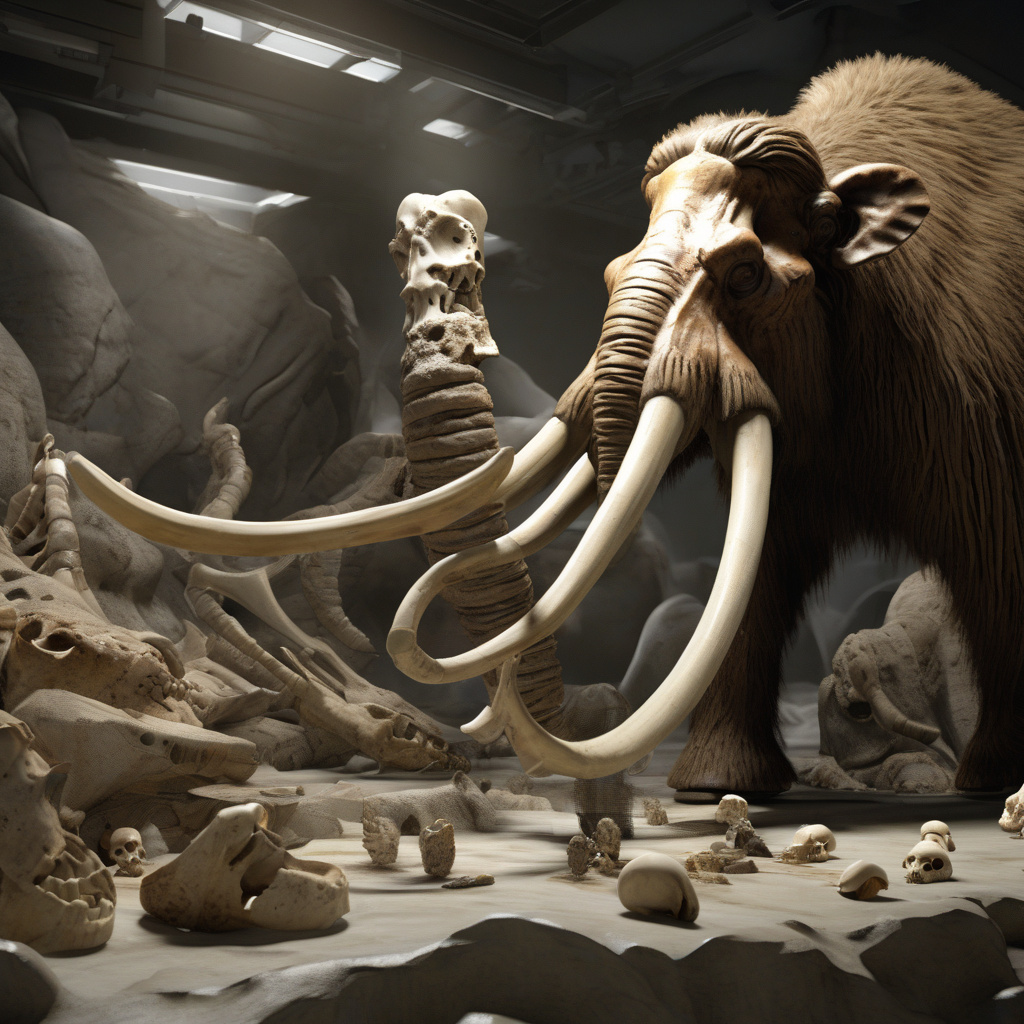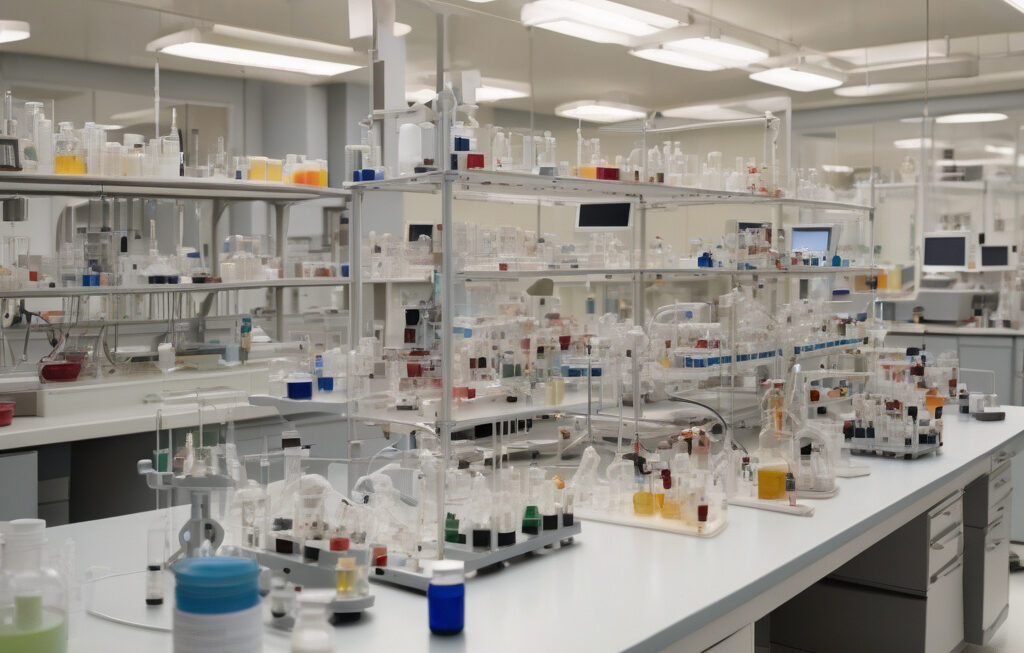Million-Year-Old Mammoth Bones Hold World’s Oldest DNA Tracing Ancient Microbial Life
Some of the world’s oldest microbial DNA has been found preserved in the mammoth remains, shedding light on ancient microbial life forms that existed millions of years ago. This groundbreaking discovery not only provides valuable insights into the Earth’s distant past but also offers a glimpse into the evolution of microbial organisms over time.
The remarkable find was made possible through the analysis of million-year-old mammoth bones unearthed in Siberia. These ancient remains, frozen in time for millennia, have served as a treasure trove of scientific information, offering researchers a rare opportunity to study the genetic material of both the mammoths and the microbes that inhabited them.
By extracting and sequencing the DNA from these well-preserved fossils, scientists have been able to piece together a detailed picture of the microbial communities that coexisted with the mammoths during the Ice Age. This ancient DNA not only provides insights into the diversity of microbial life in the distant past but also offers clues about how these organisms interacted with their mammoth hosts.
One of the most intriguing aspects of this discovery is the age of the microbial DNA found in the mammoth bones. Dating back millions of years, this genetic material represents some of the oldest ever recovered, offering a rare glimpse into the microbial world of the distant past. By comparing this ancient DNA to modern microbial genomes, scientists can track the evolution of these organisms and uncover how they have adapted and diversified over time.
In addition to tracing the evolution of microbial life, the discovery of ancient DNA in mammoth bones has broader implications for our understanding of ecosystems and biodiversity. By studying the genetic material of long-extinct organisms, researchers can reconstruct ancient food webs, track the spread of diseases, and uncover the environmental factors that shaped life on Earth millions of years ago.
Furthermore, this research highlights the importance of preserving ancient remains for future study. The frozen landscapes of Siberia and other regions have proven to be invaluable repositories of ancient DNA, offering a unique window into the Earth’s geological and biological history. By continuing to explore these frozen environments and extract genetic material from well-preserved fossils, scientists can unlock new insights into the past and advance our understanding of the natural world.
As we delve deeper into the mysteries of the past, discoveries like the ancient microbial DNA found in million-year-old mammoth bones remind us of the interconnectedness of all living things. From mammoths to microbes, every organism plays a role in shaping the world we live in today. By studying the genetic material of these ancient inhabitants, we can gain a deeper appreciation for the rich tapestry of life that has unfolded over millions of years.
In conclusion, the discovery of world’s oldest microbial DNA in million-year-old mammoth bones offers a fascinating glimpse into the ancient past and the evolution of microbial life on Earth. By analyzing this ancient genetic material, scientists are piecing together the puzzle of life’s history and gaining valuable insights into the diversity and resilience of microbial organisms. As we continue to uncover the secrets of the past, we are not only expanding our scientific knowledge but also deepening our connection to the natural world.
ancient, DNA, mammoth, microbial life, evolution












